HTML Smuggling Techniques on the Rise: Microsoft
eSecurity Planet
NOVEMBER 16, 2021
Bad actors are increasingly using a technique called HTML smuggling to deliver ransomware and other malicious code in email campaigns aimed at financial services firms and other organizations, according to Microsoft researchers. See also: How to Prevent Ransomware Attacks. What Is HTML Smuggling?

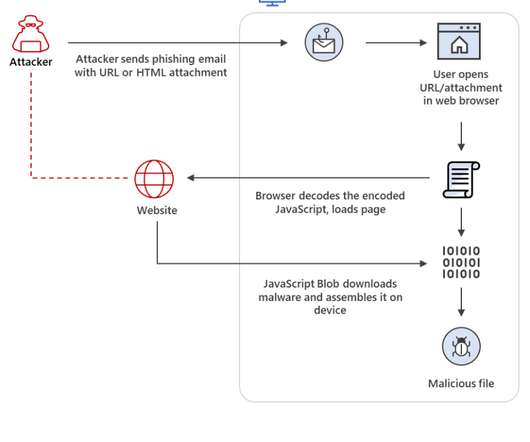
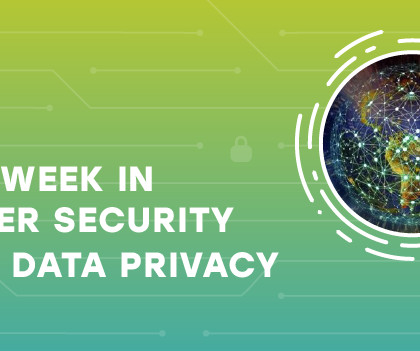


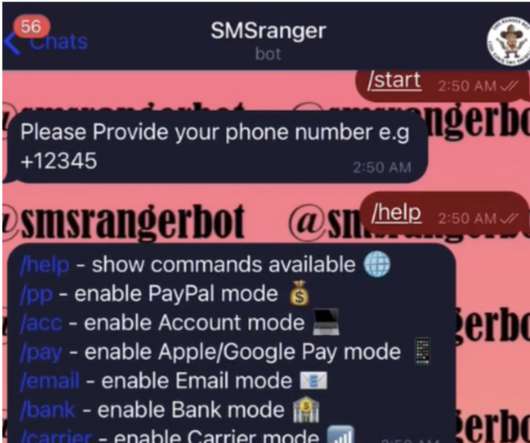

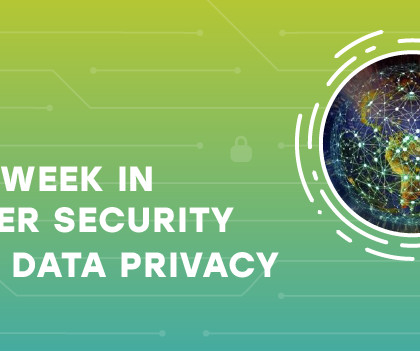
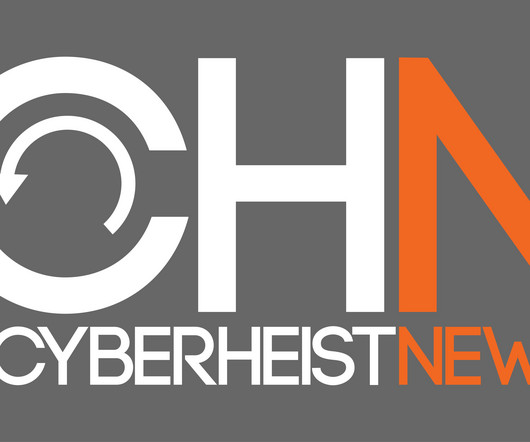
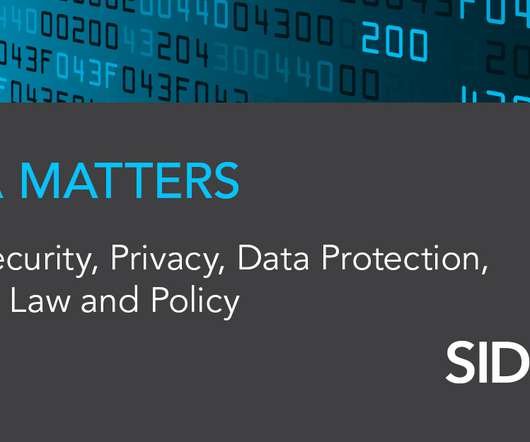








Let's personalize your content